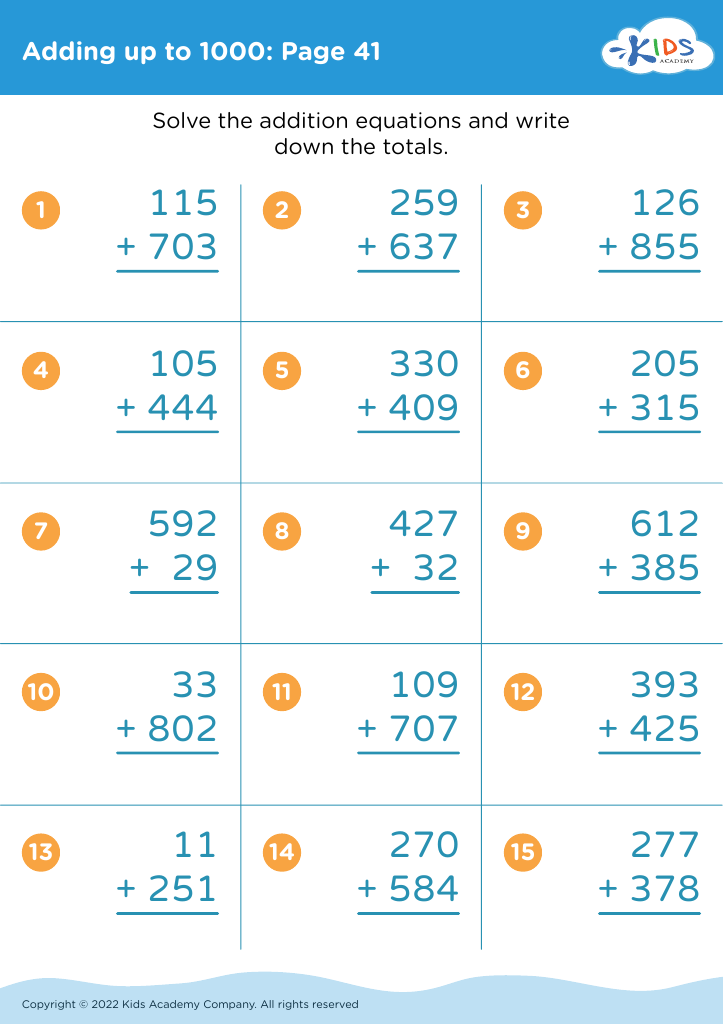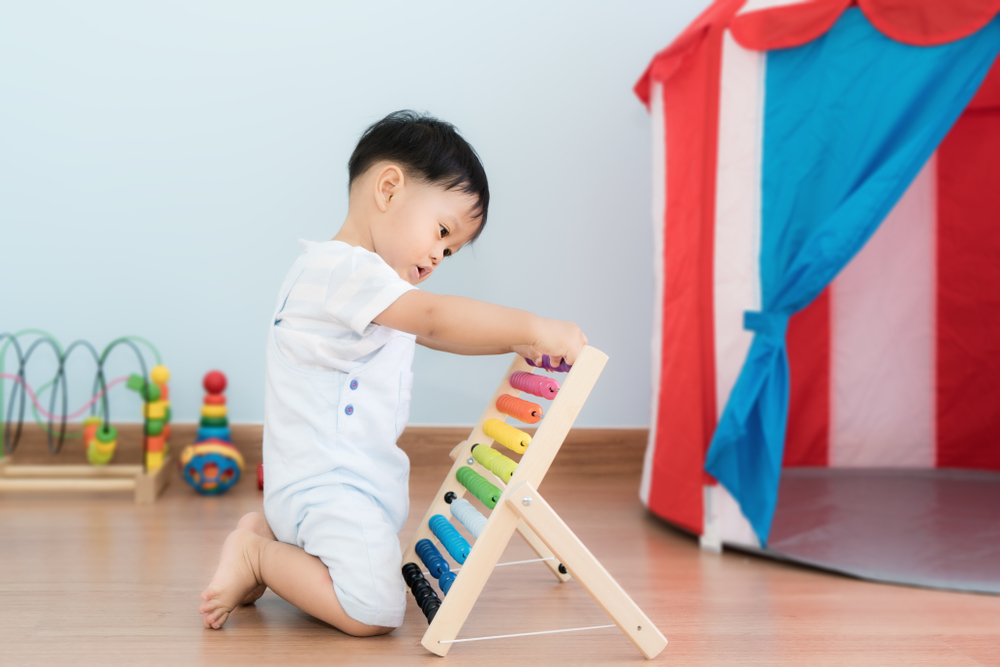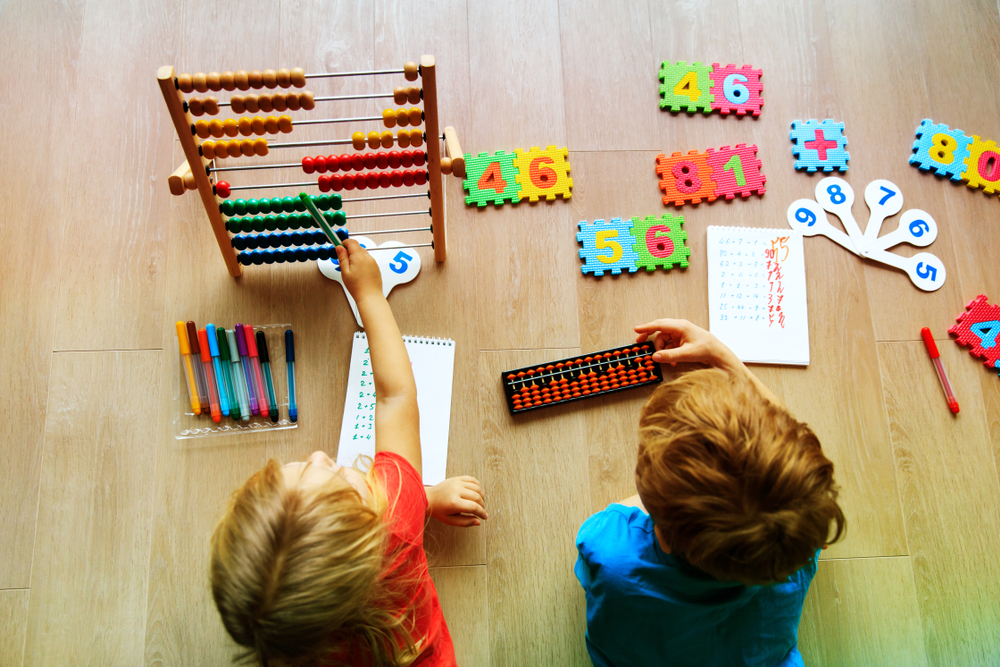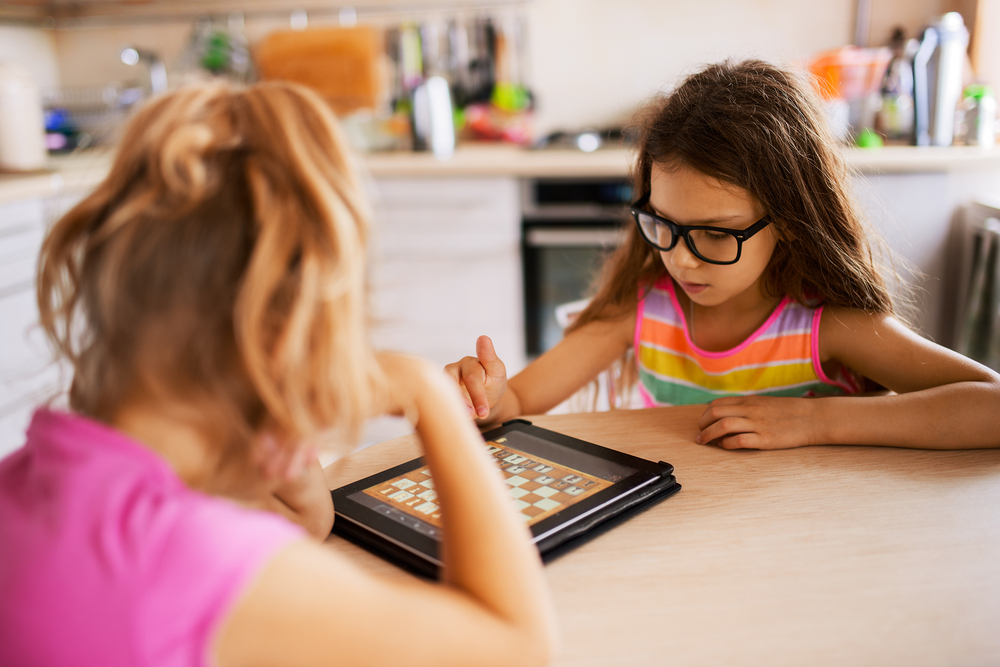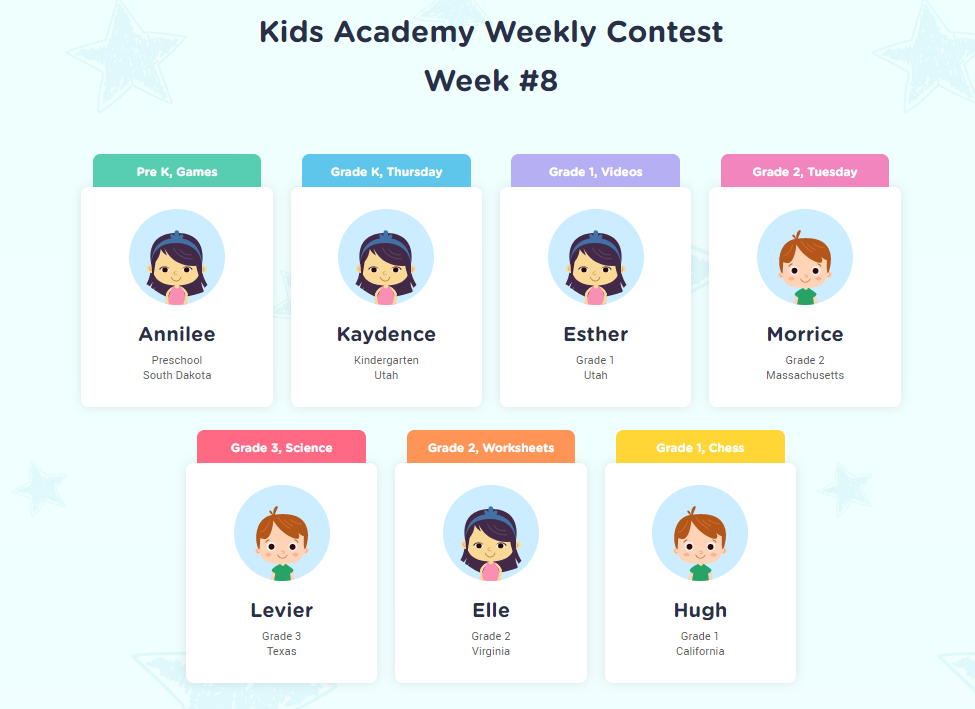Practicing number sequences Worksheets for Kids
1 filtered results
-
From - To
Question/Answer
What does the Practicing number sequences skill mean when it comes to Grade 2 Adding up to 1000 Misc learning?
Practicing number sequences in Grade 2, especially related to Adding up to 1000, involves learning to recognize, predict, and generate sequences of numbers within the range of 1 to 1000. This skill helps students understand patterns in addition, enabling them to efficiently solve problems and perform calculations that sum up to 1000.
How to train the Practicing number sequences skill in Grade 2 students learning about Adding up to 1000 Misc?
To train Grade 2 students in Practicing number sequences within the context of Adding up to 1000, use varied activities like number line jumps, fill-in-the-blank sequences, and simple addition puzzles. Start with smaller increments and gradually increase difficulty. Incorporate visual aids like charts or blocks, and encourage mental math through games that require quick addition up to 1000.
How to test a Grade 2 student’s Practicing number sequences skills?
To test a Grade 2 student's number sequences skills, provide them with a series of incomplete number sequences and ask them to fill in the missing numbers. Include sequences that both increase and decrease, and use various steps, such as counting by ones, twos, fives, or tens. Assess their ability to recognize patterns and continue the sequences correctly.
